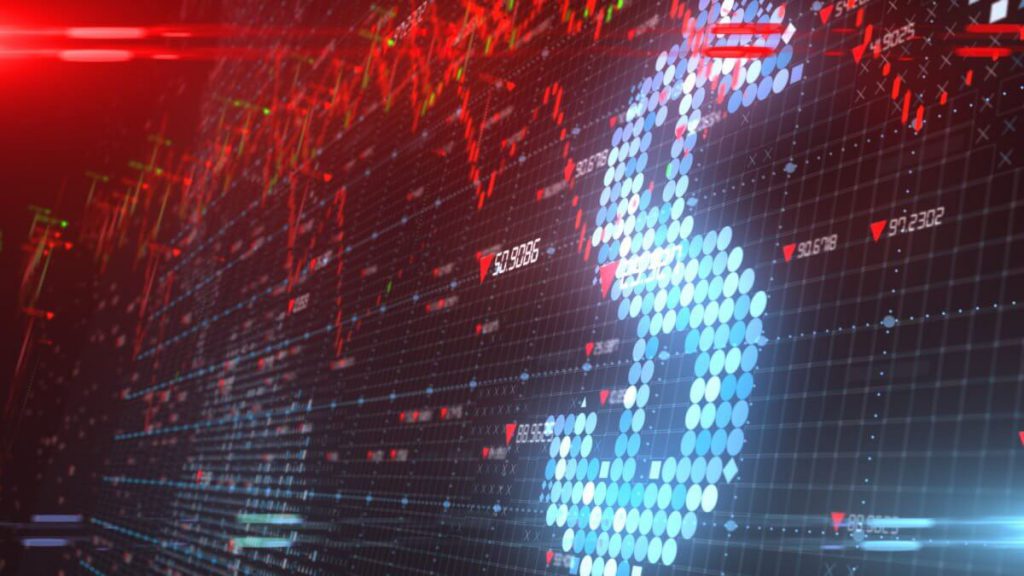
What is a Recession? – Everything You Need to Know
Especially recently, the term recession is often heard during the ongoing Russia-Ukraine war. What is a recession, and what do you need to know about this process? Let’s dive in.
Recession is a macroeconomic term and means a significant reduction in general economic activity in a given region. Typically, this is referred to as two consecutive quarters of economic downturn, which reflects GDP and monthly figures such as rising unemployment.
However, the National Bureau of Economic Research, officially announcing the recession, says two-quarters of absolute GDP shrinkage has not been identified yet. The NBER identifies a recession as a significant reduction in economic activity across the economy, which lasts for more than a few months, usually seen in real GDP, employment, industrial production, real income, and wholesale and retail sales.
The recession is evident in employment, manufacturing, real income, and wholesale trade. The working definition of this process is two consecutive quarters of negative economic growth, which measures the country’s gross domestic product. However, the National Bureau of Economic Research does not necessarily need to see this to point to a recession. It more often uses the reported monthly data to make a decision. Therefore, the quarterly decline in GDP does not always coincide with the decision to declare a recession.
After the Industrial Revolution, the long-term macroeconomic trend was economic growth in most countries. However, there were short-term fluctuations with this long-term growth when vital macroeconomic indicators showed a slowdown, Or even a noticeable decrease, over six months to several years before reverting to their long-term growth trend. This short-term decline is known as a recession.
Recession Understanding
A recession is part of the business cycle. The process is characterized by business failures and often bank failures, slow or negative output growth, and increased unemployment. The economic pain caused by this, however temporary, can have significant consequences that change the economy.
This may be due to structural changes in the economy; vulnerable or obsolete firms, industries, or technologies fail and die out; Dramatic policy responses from government and monetary authorities that can rewrite business rules; Or social and political uprisings by widespread unemployment and economic hardship. For investors, one of the best strategies during a recession is investing in companies with low debt, good cash, and a strong balance sheet.
Recession Indicators
There is no one way to predict how and when a recession will occur. However, in addition to the decline in GDP for two consecutive quarters, economists estimate several metrics to determine if a recession is imminent or already underway. Many economists believe that there are generally popular forecasts that, if co-generated, could indicate a possible recession.
First, the leading indicators historically show changes in trends and the corresponding changes in macroeconomic trends in growth rates. These include the Conference Board Leading Economic Index, the ISM Purchasing Managers Index, the OECD Composite Leading Indicator, and the Treasury Yield Curve. This is very important for investors as well as for making business decisions.
They can provide early warning of a recession. Second, officially published data series from various government agencies that represent the major sectors of the economy. For example, such as housing statistics and data on new orders of capital goods published by the U.S. Census. Changes in these data may cause or shift slightly with the onset of the recession partly because they are useful to calculate the components of GDP. This will eventually be good to determine the start of a recession. In addition, there are backward indicators that can be used to confirm the economy’s transition into recession.
Causes and Explanations
Many economic theories explain why and how the economy can collapse from a long-term growth trend. These theories can divide based on fundamental economic factors, On the financial and psychological reasons that lead to the abyss.
According to some economists, fundamental and structural changes in industries best explain when and how an economic recession occurs. For example, a sudden rise in oil prices due to a geopolitical crisis may simultaneously increase costs in many industries; revolutionary new technology could quickly leave entire sectors behind. In both cases, there is a complete recession.
An example of an economic shock type is the spread of the COVID-19 epidemic. This will result in a shutdown of public health in the economy by 2020, leading to a recession. Other vital economic trends may also be emerging, leading to a recession. And the economic shock is only pushing for a decline.
Conclusion
Some theories explain the recession as dependent on financial factors. It usually focuses on over-extending financial or credit risk, In the reasonable economic period before the recession, either at the beginning of reducing money and credit. Monetarism is an excellent example of this type of theory.
Psychology-based recession theories typically look at the excessive agitation of the previous boom period; Or the deep pessimism of a recessive environment. This is an explanation of why a recession can occur and even continue. This is precisely the category of Keynesian economics, according to which, at the onset of a recession, for whatever reason, investor pessimism can become a predictor of reduced investment costs based on market pessimism.
This, in turn, leads to a reduction in revenue. Minskyite theories look for the cause of the recession in the speculative euphoria of financial markets and the formation of debt-based financial bubbles, which combine psychological and economic factors.


